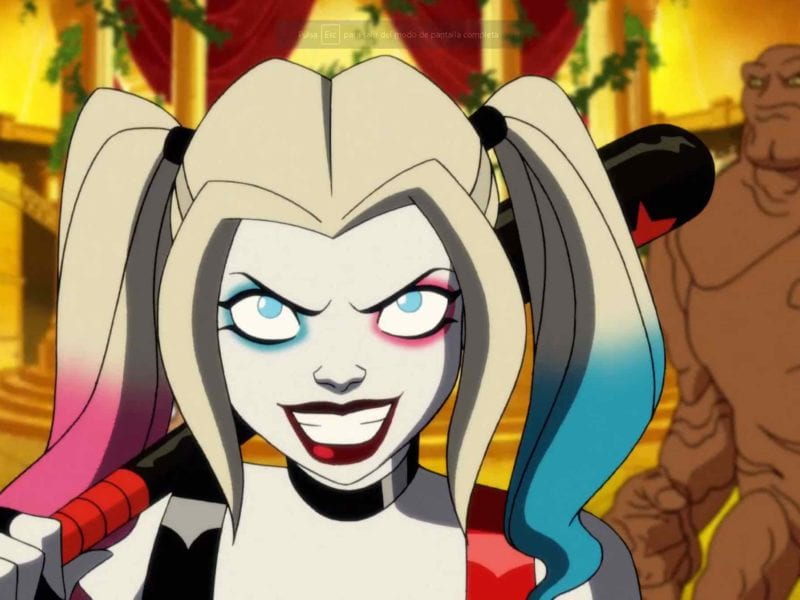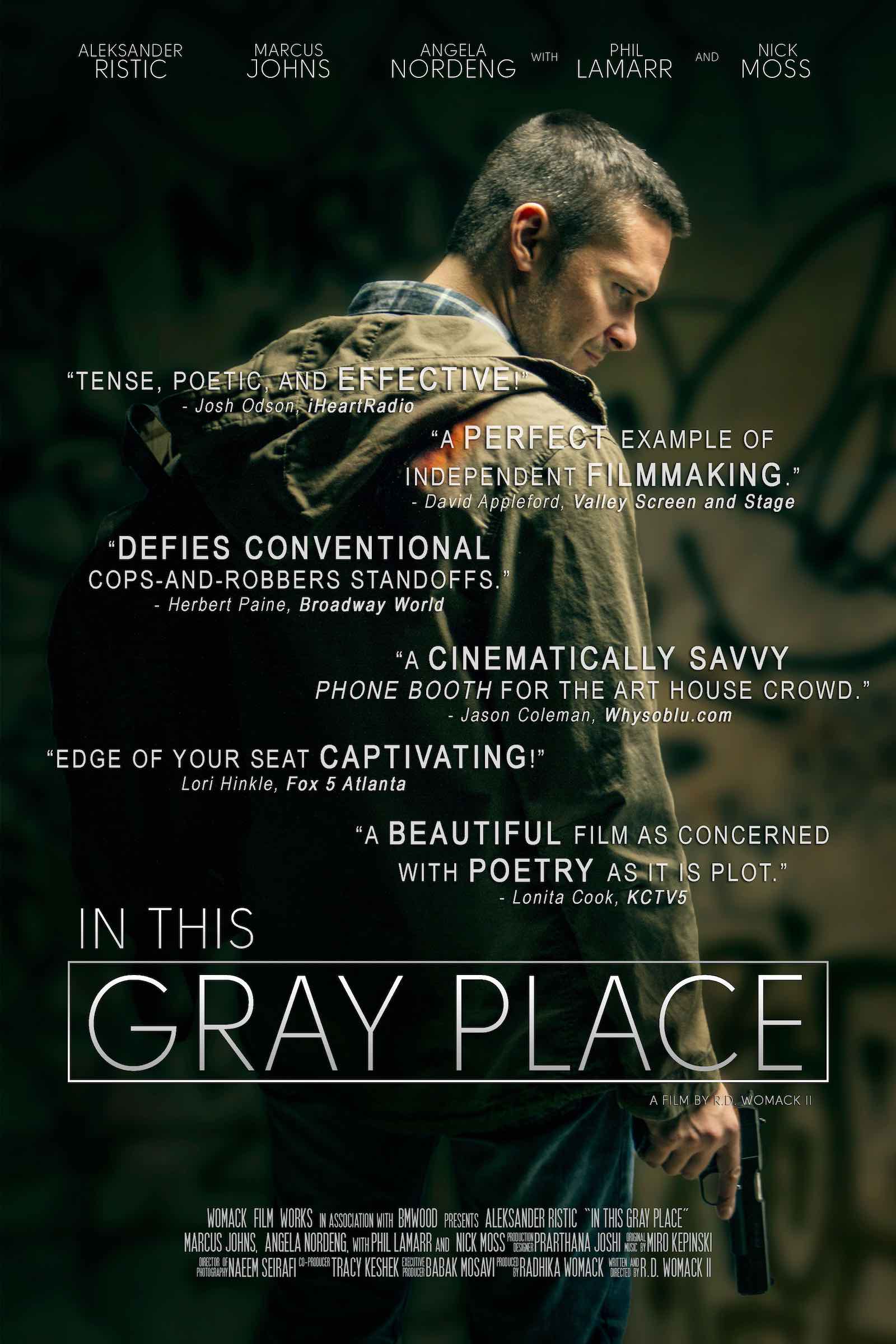
Indie Movie of the Week: ‘In This Gray Place’
After a robbery gone wrong, Aaron barricades himself in a rest stop bathroom. Surrounded by police and battling hallucinations, he must stall long enough to devise a plan and hide the jewels.
That’s the plot of the new movie In This Gray Place from Gravitas Ventures. We were beyond lucky to sit down and talk to the director and writer R.D. Womack II about this groundbreaking indie movie.
R.D. Womack II is a director from Cheyenne, Wyoming based in Los Angeles, California. Known for his gritty and artistic taste, Womack leans heavily on dramatic character pieces and dark comedy. Best known as an actor’s director, Womack also employs a distinctive editorial style that’s recognizable across his filmography.
Radhika Womack is a producer and UPM from New Delhi, India. She got her start with commercials before jumping over to narrative and documentary filmmaking. With over two dozen credits to her name, Radhika has worked on projects for Showtime and a feature documentary narrated by Neil deGrasse Tyson, and recently earned P.G.A. letters for In This Gray Place. Radhika’s most recent projects include a first person VR action film and a documentary series for a leading global streaming company.
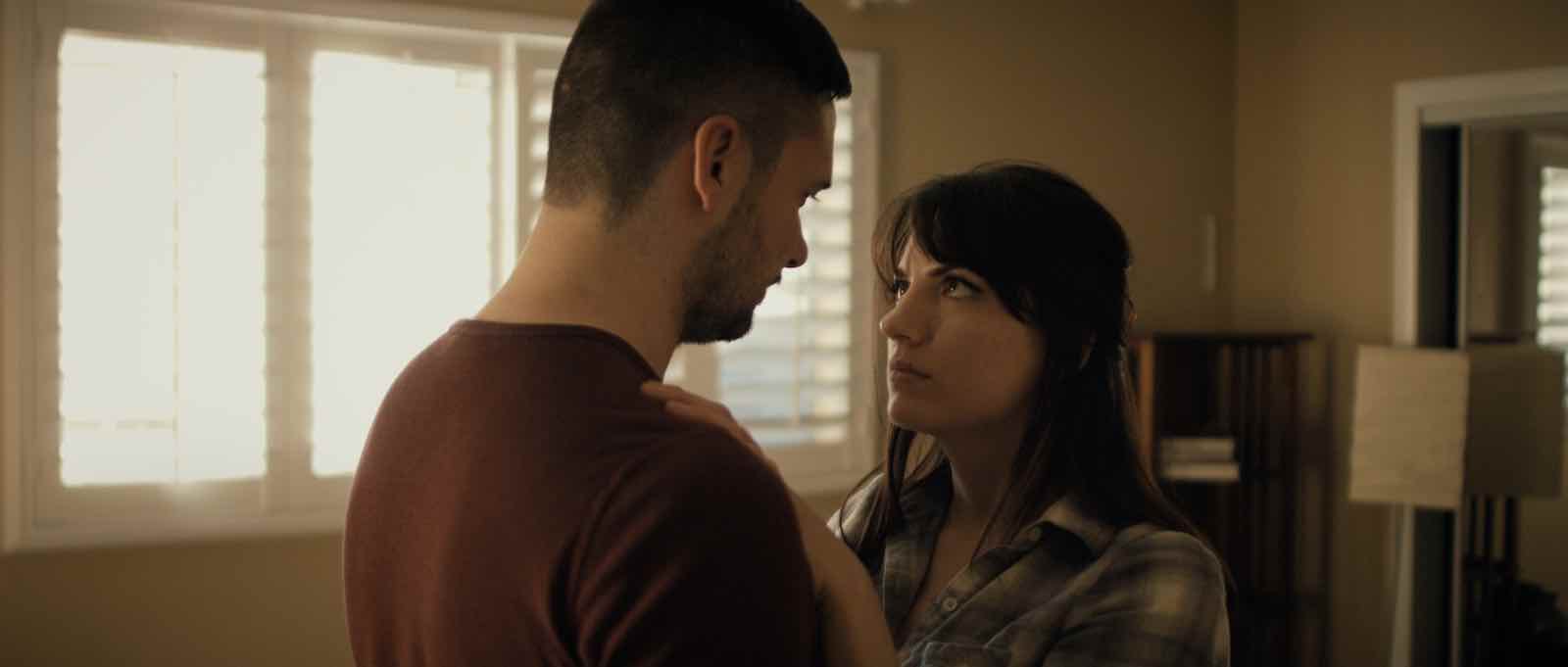
Here’s what critics had to say about In This Gray Place:
“Tense, poetic, and effective!”
—Josh Odson, iHeartRadio
“Defies conventional cops-and-robbers standoffs.”
—Herbert Paine, Broadway World
“A beautiful film as concerned with poetry as it is plot.”
—Lonita Cook, KCTV 5
“A perfect example of independent filmmaking.”
—David Appleford, Valley Screen and Stage
“Edge of your seat captivating!”
Lori Hinkle, Fox 5 Atlanta
“A cinematically savvy Phone Booth for the art house crowd.”
Jason Coleman, Whysoblu.com

—
FD: Tell us about your career as a filmmaker. What was your inspiration? How did you get your start?
RD: Ever since I was a little kid I always knew I was going to be a filmmaker. I fell in love with movies at a very young age and I’ve never stopped working towards my goal of being a storyteller. It’s an obsession really. I’m sometimes asked what I would do if I wasn’t a director and I joke around about being a bank robber or diamond smuggler, because truth be told, without filmmaking I honestly don’t know what else there would be for me.
In This Gray Place is an innovative concept. How did you come up with the idea of containing the thriller in an enclosed space?
“Thinking inside the box” I call it. We had next to no money and resources, so we knew the film was going to be in a single location and probably only have one actor. Then the brainstorming began – and what started as a man locked in a utility closet in the 90s evolved and snowballed into a standoff with the police that had deep philosophical themes of destiny and love.
In This Gray Place thrives because of its claustrophobia. In an era dominated by franchise films, people aren’t used to being forced into a small box for an hour and a half. I think by pinpointing our audience’s attention, it allows us to delve into some of the subtext that might otherwise fly under the radar in a “bigger” set piece.
The script went through a dozen or so drafts, and each one dialed in the emotions and tone. For me, at least, the setting never felt like it was just one space because we explore it so extensively.

What were the limitations of working with such a small set?
Everything. The majority of the film was made with only three people: actor Aleksander Ristic, cinematographer Naeem Seirafi, and myself. That alone was a massive challenge. Even low-budget short films usually have ten or so crew members. Juggling half a dozen jobs while trying to make a quality picture was no easy task.
The set itself was a challenge. We designed it to swing a couple of the walls out of the way to allow for certain shots, but we rarely did due to continuity and difficulty of moving the walls. Because there was no ceiling, we weren’t able to use low-angle shots very often – which is why you see so many high-angle shots in the film.
The biggest advantage was time. Since we built the set in my garage we had no time limitations. If we didn’t like something, we could do it again as many times as we wanted. We could also run inside, put together a quick cut of the footage, and come back for any additional material we wanted.
Since there were only three of us on set, we often didn’t worry about working hours. That allowed for a lot more freedom and creativity. Overall, it was one of the best experiences of my life!
What would you have done differently if you were making the movie again?
There’s always going to be a lot of “woulda, coulda, shoulda” in life, and especially on a film set. Are there things I could have done differently knowing what I know now? Absolutely! But overall most of the major things I wish I could go back to simply weren’t practical to change due to the limits of the budget, resources, or manpower. There are so many things we simply could not change even if we wanted to.
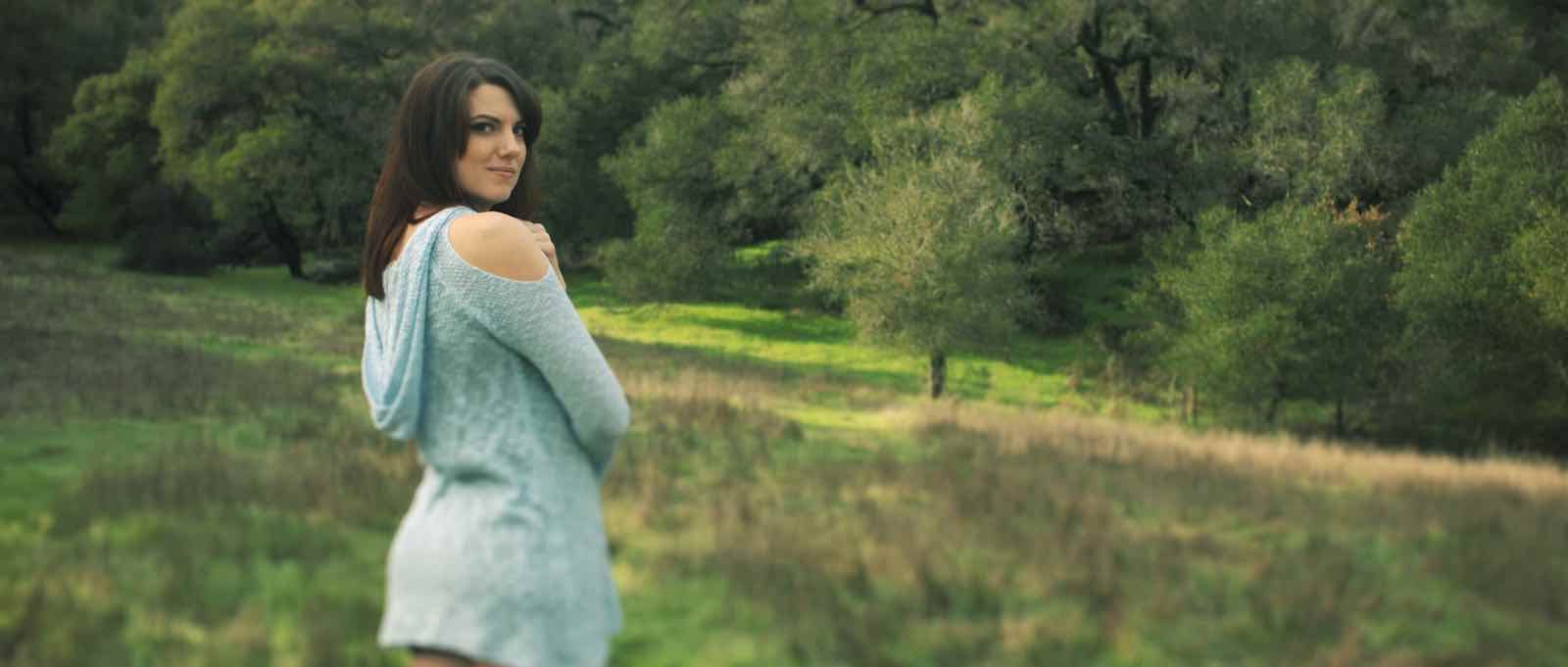
In This Gray Place cleaned up on the festival circuit. How was your experience of the festivals?
I absolutely loved touring festivals! I’m a big film buff, so any time I get to watch dozens and dozens of films I’m going to jump on the opportunity. And I watch ’em all! Docs, features, shorts, animations, music videos – you name it.
The best part of festivals is meeting and talking with other filmmakers. You really get an idea of what’s up-and-coming. So many brilliant artists with unique points of view and different ideas are what make festivals great. They’re also a wonderful opportunity to network. I’m proud to say I’ll be directing a short film soon with a brilliant actress/writer I met at a festival.
In my opinion, all filmmakers should get actively involved with their local festival – and if you don’t have a local festival, start one!
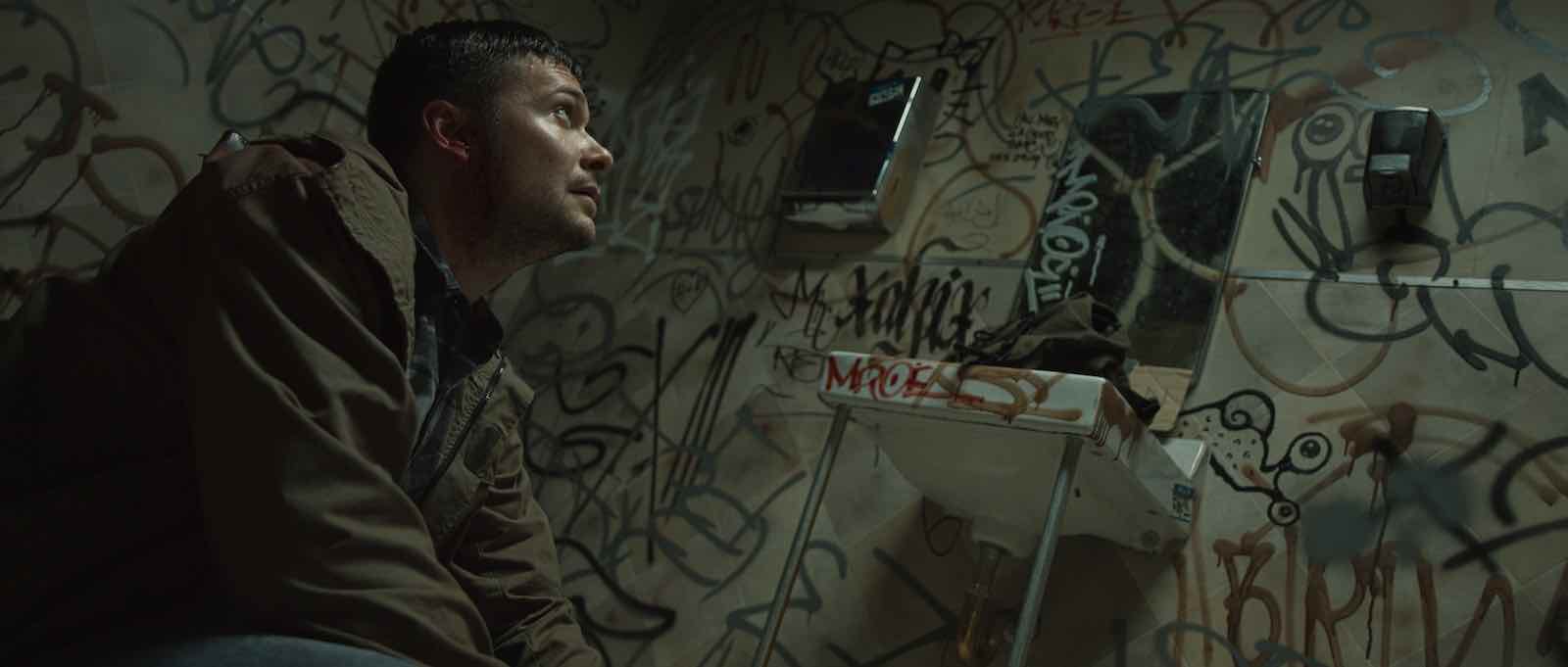
Tell us about how you cast the movie. Did you have actors in mind?
I’ve worked with Aleksander Ristic before, so I was very keen on having him play Aaron. I knew he had the acting chops to shoulder an entire feature on his own. He delivered! I think Aaron experiences every single emotion possible in one form or another. You just don’t find that sort of talent every day, and I’m very fortunate to have worked with Aleks.
Angela Nordeng, who played Laura, was a case of serendipity. She had auditioned for another project, a short film where she only had one line of dialogue. When I was auditioning actresses for Laura, I wasn’t quite finding anyone that I was happy with. I asked Angela to read a monologue from The Thin Red Line and I knew right away that she was perfect for the role.
I honestly didn’t expect how much work she put into it as well! All the phone conversations were recorded after principal photography, but Angela insisted on being present on set during her phone call scenes to help feed Aleks lines. Talk about going the extra mile!
Nick Moss! Man we were so lucky to bag him. (Nick, if you’re reading this I still owe you a drink.) I met Nick when he was acting for an entirely different shoot that was filming at my house. I knew the director of that film and I was letting him use my property. Just watching Nick in front of the camera I knew he was a natural. When it came to cast the role of Sam I immediately sprung for Nick, and I’m so happy he accepted.
Phil LaMarr was such an incredible man to work with. He’s a veteran voice actor with a list of credits as long as my arm. We managed to get the script in front of his manager, who graciously passed it along to Phil. He agreed to do the part, and in a matter of weeks we were in the studio recording his lines.
I was so impressed at how Phil could manipulate his voice and how quickly he came up with the voice of Lt. Koch, the police negotiator. The way he developed the accent, the attention to detail in his inflection, and his perfect delivery were all so overwhelming to me. I cannot believe how lucky we all are to have had him come on this project.
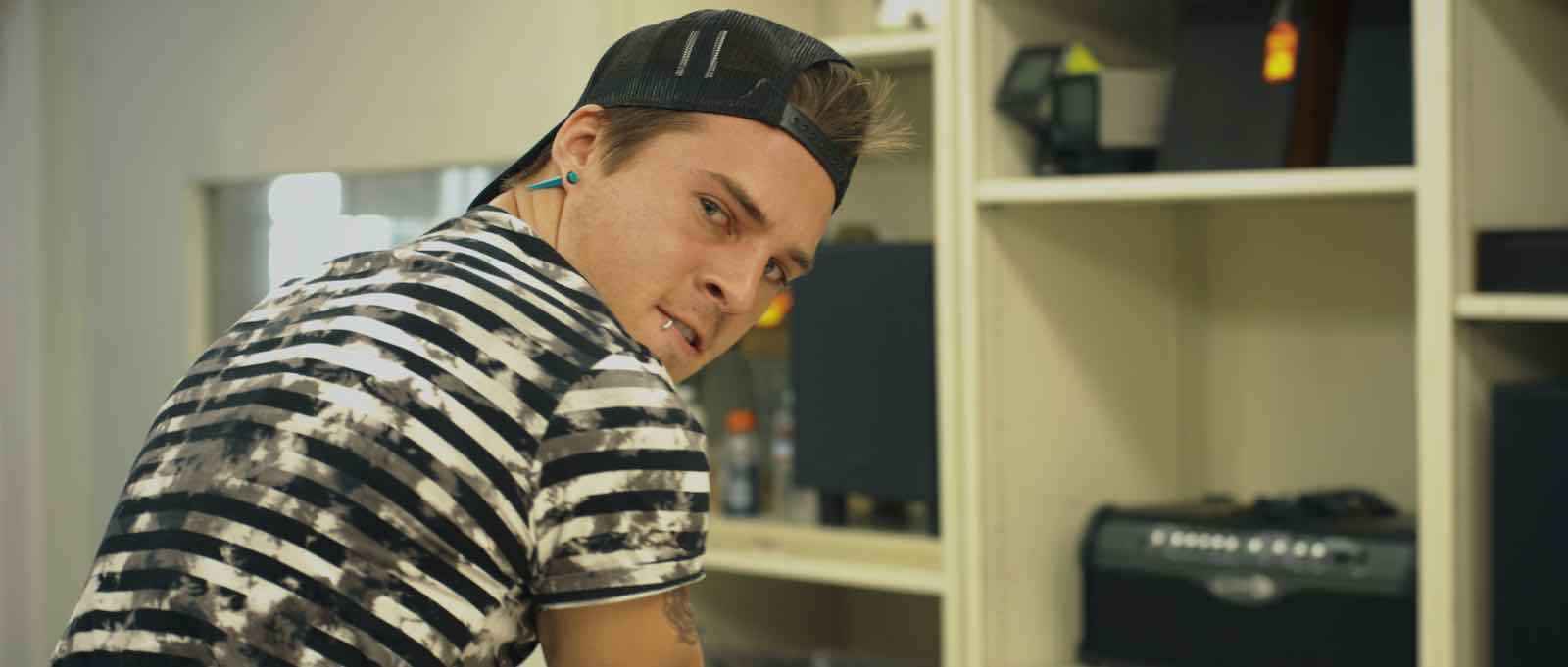
What is the most challenging part of being an indie filmmaker?
I think all filmmakers, independent or otherwise, have to face overwhelming odds in order to create something that resonates with the audience. We as artists put the most vulnerable parts of ourselves on a screen for the whole world to see, but we must do so in a way that is both tangible and entertaining.
There can be a lot of pressure to “get it right”, because every film you make will impact on you and your career in one way or another. Committing to a film is almost like committing to a relationship. It lasts a very long time, it gets very personal, and it will see you through many ups and downs. I feel the most challenging part of a film is saying goodbye to it and moving to the next project. In a sense it’s like saying goodbye to a piece of yourself.
What tools, apps, or systems do you find invaluable?
I’ve very old-school. Books and print newspapers are still my most valuable resources.
Who inspires you creatively?
Everyone – seriously, everyone. I watch tons of short films and there’s always something fascinating or interesting that pulls me in. I see tons of feature films too, and I’m always blown away by how much love and hard work other filmmakers put into their stories.
I read lots of books and poetry and find inspiration in the weirdest of places. I think what inspires me the most is when someone is very passionate about something and have such a spark of joy talking about it. Could be the arts, business, sports . . . I find inspiration in every place I look.
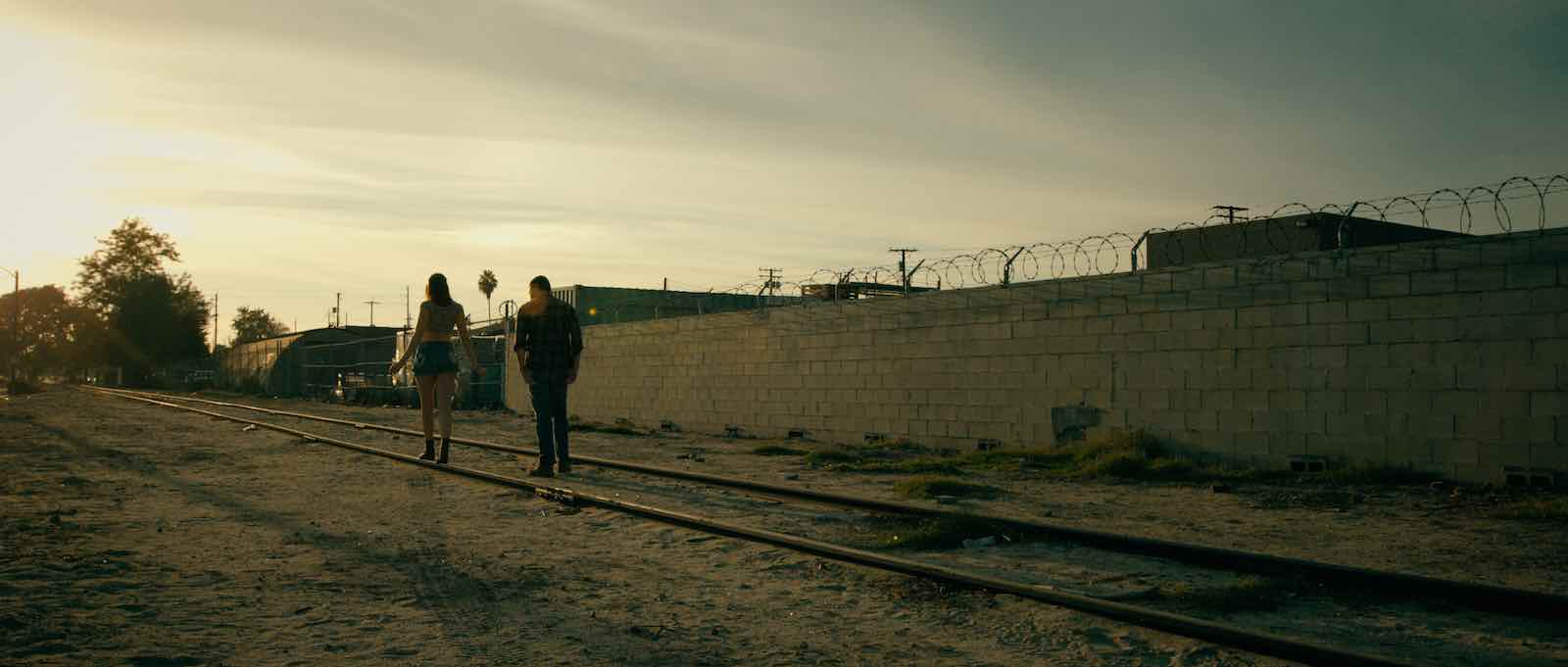
You wore a lot of hats on this production. How do you manage to juggle it all?
Somehow . . . it’s a real “do or die” sort of thing. Either you figure out a way to do everything all at once, or it doesn’t get done and the film doesn’t get made. When the chips are down you have to muscle through every difficulty and pull it all together.
Of course, you don’t want to bite off more than you can chew. Sometimes you have to write the story in such a way that pushes boundaries but is still achievable with the resources at your fingertips.
In all earnest, our real secret weapon was Radhika, our producer and of course my loving wife. I wouldn’t have shot a single frame of footage without her. Radhika was able to pull together everything from the ground up.
I remember we were working late one evening and were really on a roll. Then suddenly one of our lights blew a bulb. Keep in mind these are film lights. You can’t just pop in a bulb from the hardware store – you need special bulbs. At this time in the night, all the film supply stores are closed.
That didn’t stop Radhika. She jumped on the phone, started making calls, and someone got in touch with the owner of a film equipment store who opened up in the middle of the night to sell us a single bulb. We didn’t lose any momentum. We kept shooting and it wouldn’t have been possible without her. I’m proud to be married to such an incredible, resourceful, and hardworking artist.
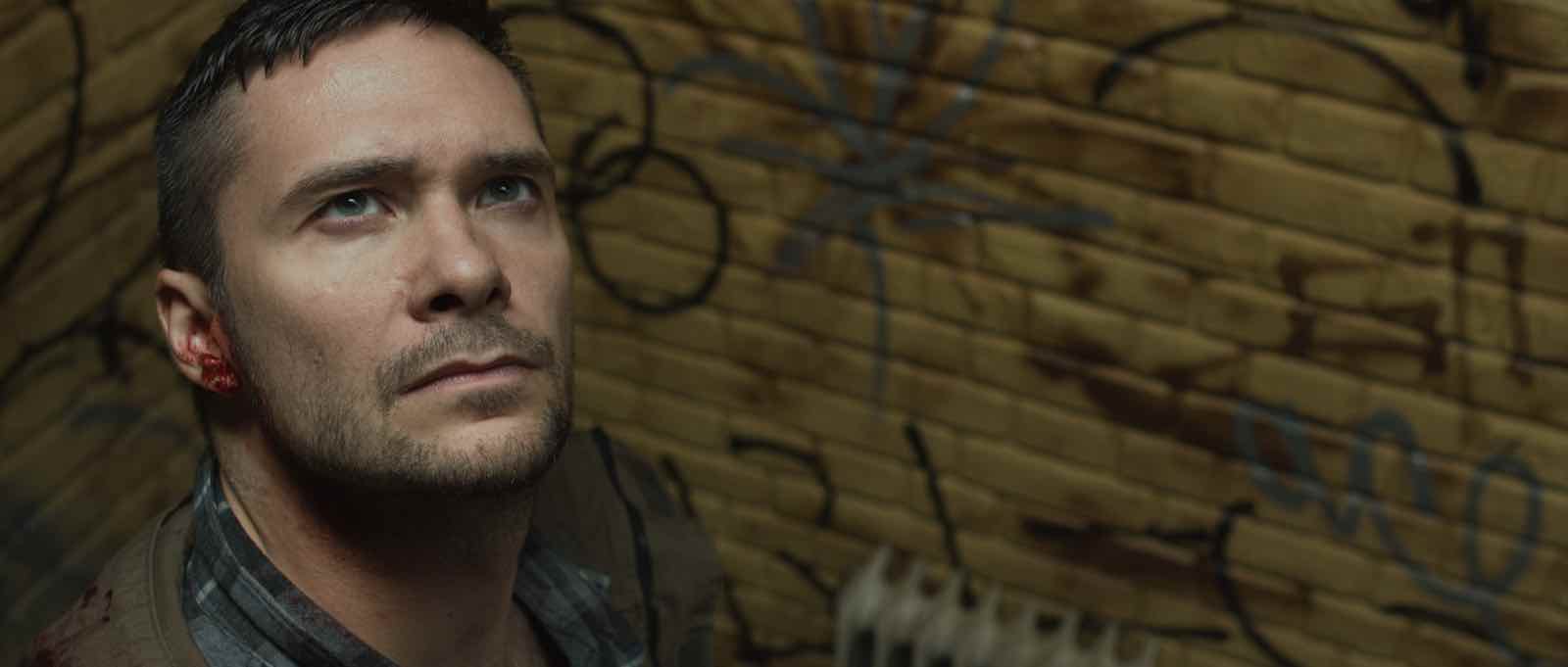
The movie looks fantastic, but we know it was shot on a small budget. How did you manage to bring this level of cinematic style to the production?
So many elements come together to make a film look and feel “cinematic”. I owe a lot to our director of photography, Naeem Seirafi. He has an incredible eye and attention to detail. Using only a couple of lights and doing all of the camera work completely on his own, he was able to capture some truly beautiful images.
Then of course there’s also the performance. Aleks Ristic brings a lot of life and dynamism to the character of Aaron. Without him, this film really wouldn’t have gotten off the ground.
I also credit a lot of the tone and feeling of the film to our composer Miro Kepinski. The film leans heavily on music, and his beautiful compositions carry the story nicely. His score dips between euphoria and melancholy and rounds out the emotional beats in such a way that after nearly every screening someone would ask about the score.
All of these elements and many more combine to make Gray Place a very cinematic film indeed.
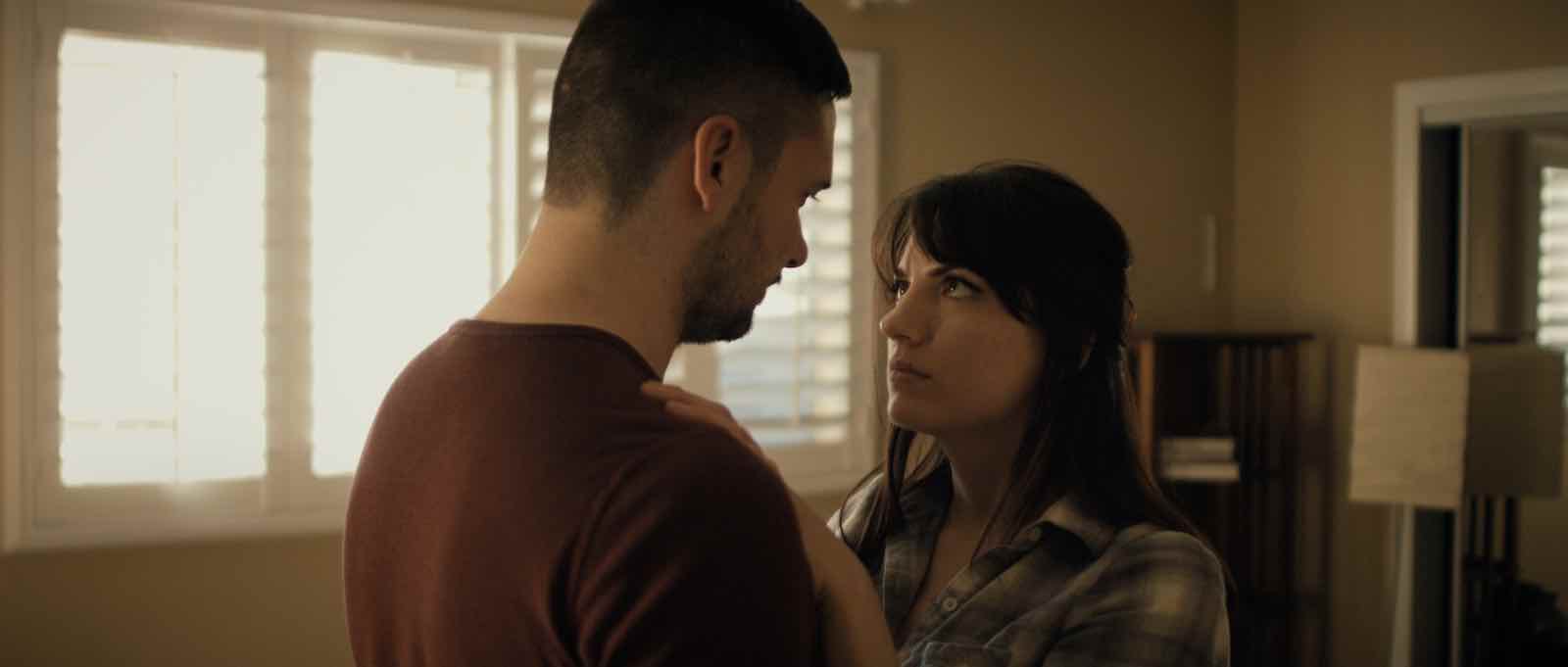
What’s your next project?
I have two upcoming projects. The first is The Suicide of Lillian Sellers, a murder mystery that tackles the opioid crisis. I’ve already been to Tennessee to shoot a 15-minute proof-of-concept short film. It’s nearly done with post-production, so we’ll be shopping it around soon enough. Hopefully we can raise the money to make the full feature film!
The next is another short film called Know it All written by and starring Katherine LaVictoire. As I previously mentioned, she and I met at a film festival and started networking immediately. This one takes place in a future where all of humanity instantly became telepathic, so we all know each other’s thoughts and secrets.
Know it All is a great project that I’m proud to be a part of. Aside from that, I’ve always got a few scripts cooking. There’s one I’ve been developing for a very long time and I’m hoping I can get some traction on it in the next year.
Who should we be watching in the next year? What projects are you personally involved with?
I had the privilege of producing a great action thriller called The Stalking Fields which should be coming out sometime next year. It stars Taylor Kalupa from ABC’s The Fix and it’s a wild ride!
Aside from my own projects, I always like to give a shout out to my friend and fellow director Thomas Schade. His film American Dreams is out right now and it’s a brilliant drama about family, finding your place in the world, and pursuing your dreams.
American Dreams is on Amazon Prime right now so go watch it! Another great film that’s currently on the festival circuit is Last Call by Gavin Michael Booth, a masterfully executed film about a suicidal man and an overworked single mother and their serendipitous phone call.
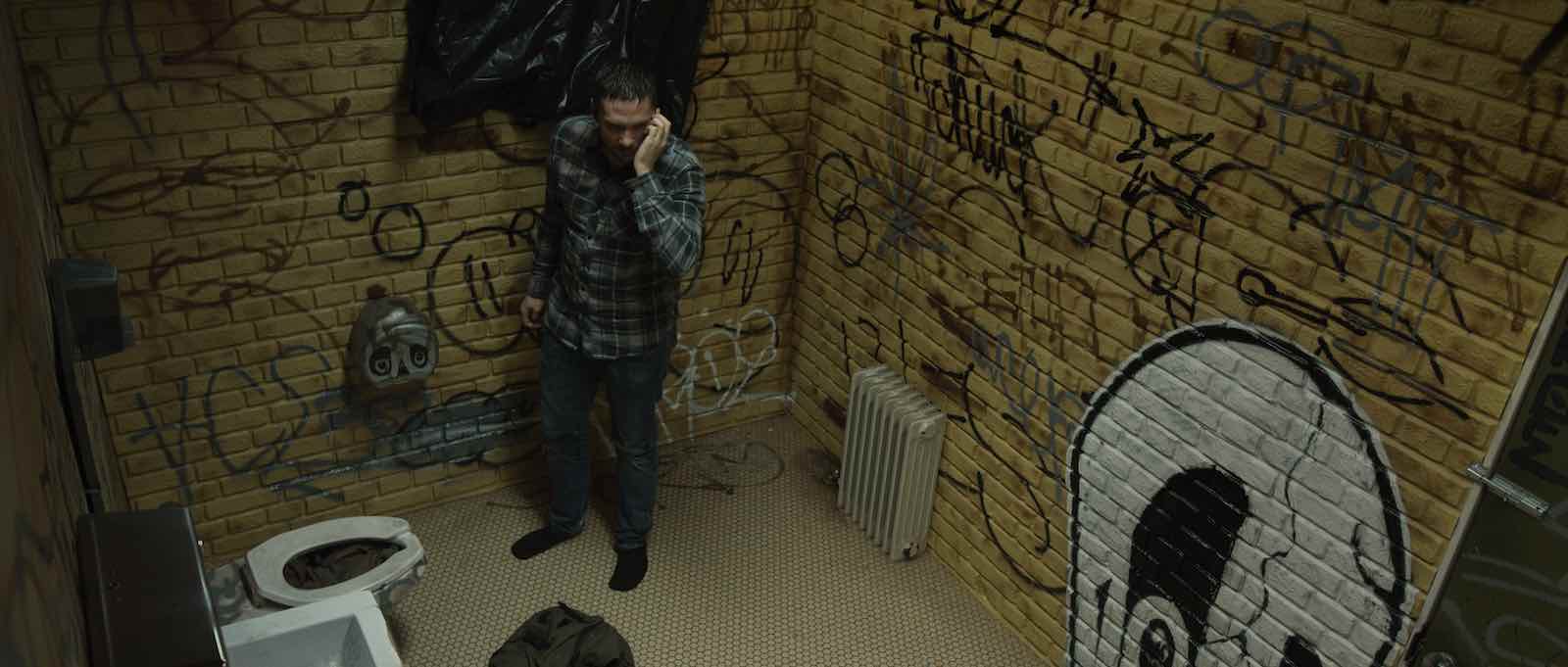
If viewers could take one thing away from In This Gray Place, what would it be?
Most people want to turn on a film and turn off their brains. That’s fair. After all, movies are supposed to be entertainment. But entertainment can come in many different forms and I’ve always rejected the idea that movies and television have to “dumb down” to the least common denominator. I’ve always sought to create something that’s a bit more edifying.
When looking at other single location films I noticed all of them focused primarily on the “who” and the “what” – but rarely the “why”. With In This Gray Place I wanted to explore that “why”: why do we force ourselves into impossible situations? Why do we do terrible things in the name of love?
There are dozens of other questions proposed throughout the film that explore a variety of existential questions. It is my hope that audiences take the time to let some of these questions and revelations sink in, and make their own opinions. After all, it wouldn’t be called In This Gray Place if there were concrete answers to everything.
—





